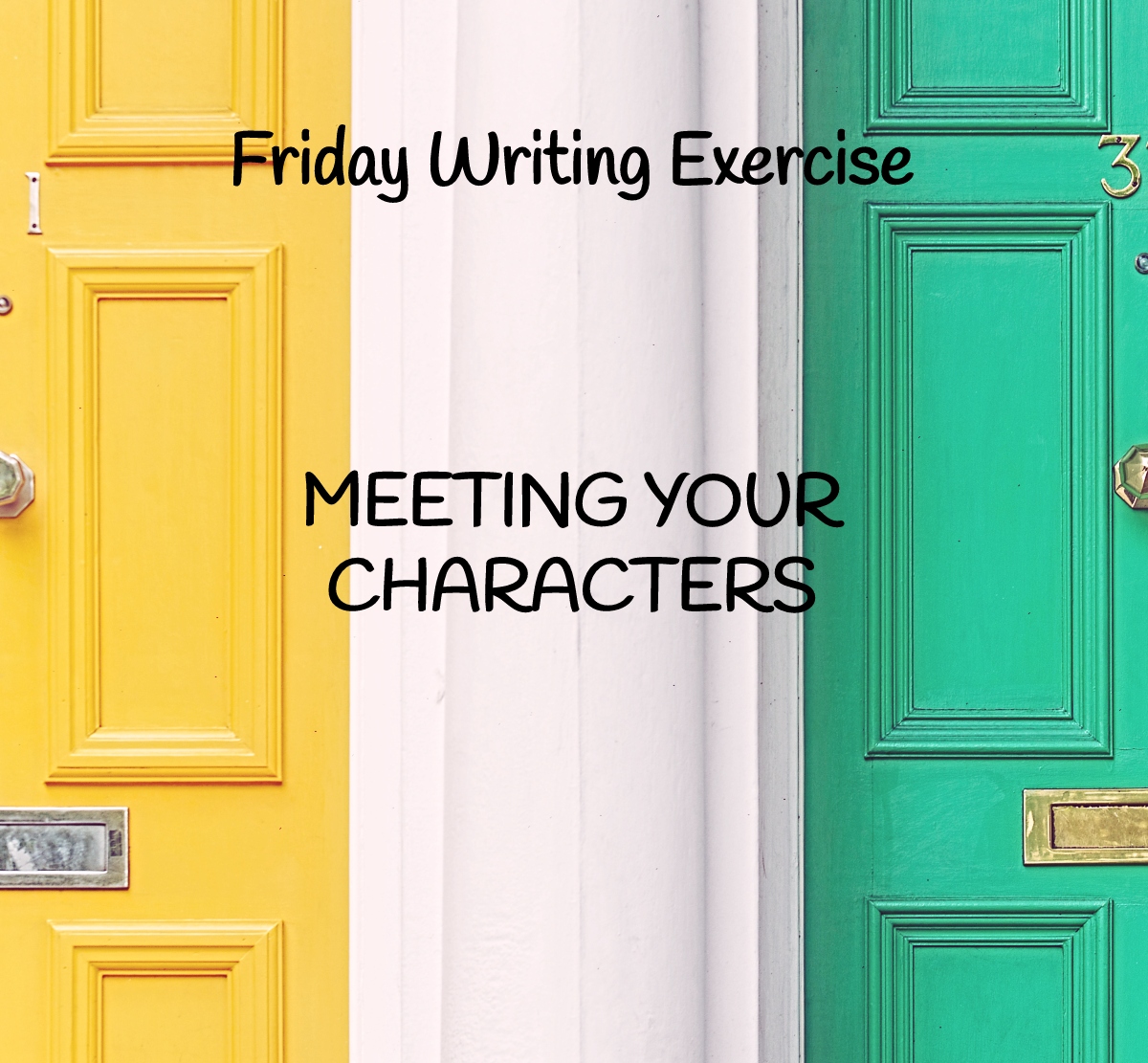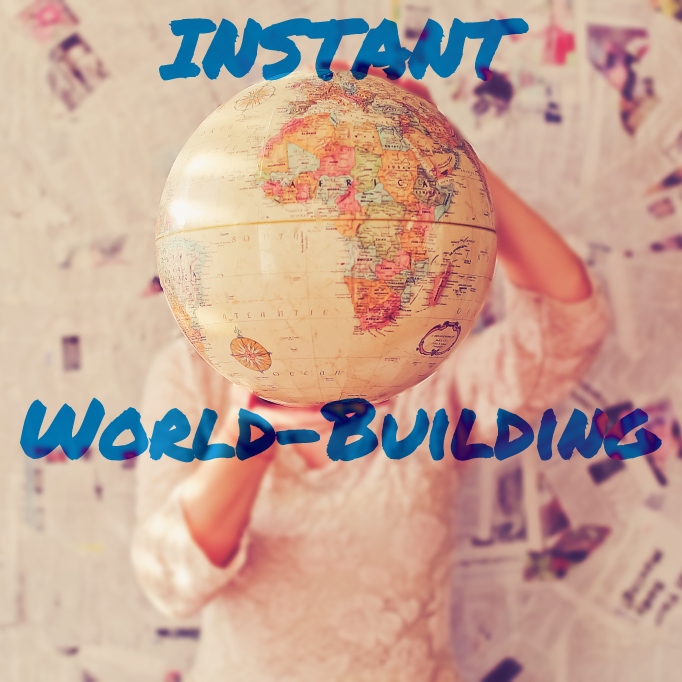by Kajsa Forden | Jul 27, 2018 | Characters, Get Motivated, Try Something New, Writing Session

As a student I was fortunate enough to attend a Eugene O’Neill student day; O’Neill was a playwright and, though my scripts weren’t that well received, I did pick up a few writing techniques for any kind of writing form. One exercise in particular was used to create and ‘meet’ one’s characters, letting the imagination do most of the work.
In the adapted exercise below the goal is to meet the character without overworking the conscious mind but instead using the visual abilities of your subconscious.
The first step of the exercise is to visualize a door – no edits, just let your mind pick the color and the type and the door knob and the shape and anything else. Once visualized, describe the door, either aloud (perhaps into a recording app, so you can keep the image inside your mind with closed eyes) or in writing. While visualizing the door is still a great way to do the exercise, I have also simplified the process with a Pinterest board full of all kinds of doors. Whether one matches with your character or one inspires a new character, the board is there to help motivate the exercise.
After discovering your door, knock. Or ring the doorbell. Or use the knocker.
Describe who opens the door, in detail. This is the perfect place and time for info-dumping.
The exercise can extend to an interview with the character, and it can go on for any depth or any amount of time. Remember this is not a story scene. This is an exercise for you to build your character into a person.
To jumpstart the exercise this Friday, here is a door featured on my Pinterest board:
Example:
 (c) My Marrakesh
(c) My Marrakesh
Part 1: This door is down a bright alley; it’s a soft light pink shade, without a handle on the outside, and with a knocker at about eye-level, not too far right from a solitary keyhole. The door is also arched, featuring circular decorations lining the wall above it. A light brown stone arch overhangs the door; the arch is modeled with two columns on the side and a crest of sorts at the center on the top. Description can continue for as long as you want and can span as far wide as you want – including the area of the town or the time of day or the weather conditions or even how you came to find this door.
Part 2: In this case, there is a knocker available, so imagine you used it to knock on the door. The door is opened – who opened it? What do they look like? How old do they look? What are they wearing? What is their face doing (Were they expecting you)? Ask their name and take in some basic information. What is their name? How does their voice sound? How old do they say they are? Do they tell you their real age immediately? Is this their house? Is this a public building? If it is their house, do they live here alone? Who with? If not their house, what is this building? Why is there no knob on the outside of the door? The interview can go as long as you see fit, answering any or all questions you need answered.
The beauty of this exercise is the pressure it takes off of your conscious mind to develop a character and it provides a mental space for you to find your character(s) and interact with them outside of your story. Conducting mental interviews with your characters while narrating aloud might seem slightly strange but, if you really want to be a writer, you have to be okay with being strange.
Comment Below: Who did you meet behind the door? How did the exercise work for you?
by Kajsa Forden | Jul 25, 2018 | Research, Try Something New, Worldbuilding
‘Instant world-building’ isn’t quite as thrifty as it sounds – it doesn’t involve rolling dice or scrambling names for towns – because it’s based on the simple idea of stream of consciousness.

As writers, we easily get bogged down in researching time periods or naming ships or deciding if Town A hates Town B and if it’s really Town C’s fault, but often we can be saved by something many of us loathe during the writing time: socializing. Instead of spending hours deciding if Town C is named This and Town B is named ThisThat, use rapid fire questioning to make the executive decision, with confidence as you’re with a potential reader. Bringing in another person and attempting to explain your work is a terrifying notion but, unfortunately, extremely helpful, and instant world-building buds from this.
When you talk with another person and explain to them about your work, it forces you to put your work in a perspective understandable to someone who doesn’t live in it with you. They don’t know all that backstory and detail and random information rolling around in your head. But, sometimes, neither do you, once you get past government and religion and climate and bigger things like that.
‘Instant World-building’ uses your creativity without your inner questioning editor, because it depends on you creating details quickly and confidently. When your person asks, “What type of trees are predominant in this forest?”, you answer without hesitation, “Eucalyptus,” without hemming and hawing over if it’s biologically possible in that forest along the coast anyway because that’s something your inner editor can handle later.
The point is to answer as many random questions as possible, and take notes, to create your world ‘instantly.’ Your creative mind, your imagination, is doing the work for you. And then all that is left is auditing a bit later on – making sure you don’t have goldfish dominating a salt water lake or 19th century thinking in a 17th century town or palm trees by your northward town experiencing a blizzard, unless you have good back-end explanations for the break from our reality’s science (or history, etc).
Instant world-building makes the process fun and less pressured. You can sit for long sessions pulling out random details you’d never even think of, just because someone else’s mind is thinking of it. Invite a friend over, order a pizza, have some wine, maybe record the conversation so you don’t have to worry your memory, and get that world expanded!
A quick compilation of questions to get the session going:
Which are the fishing towns? The cold towns? The tropical?
What are the common illnesses?
Which fish are eaten most?
What’s the fancy cuisine like?
What are some more expensive purchases?
Which place exports this and imports that?
What are the main crops? Which crops grow where? Do some towns have crop monopolies?
Which animals are often hunted? Which are protected?
Is marriage secular, legal, religious? Who can marry whom? Is there an age barrier?
What are the community events like? How is community represented?
Do most people go to school? For how long? Is school meant more for certain people rather than others?
How ‘woke’ are the people? Are most people ignorant of current events, or is there a working news system?
What is poverty? Are there homeless? How is poverty and homelessness handled?
What is the majority species/race? Who are the minorities?

(c) My Marrakesh

